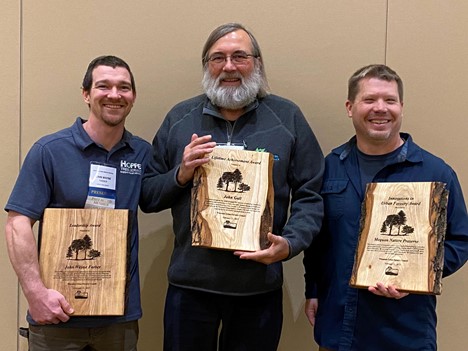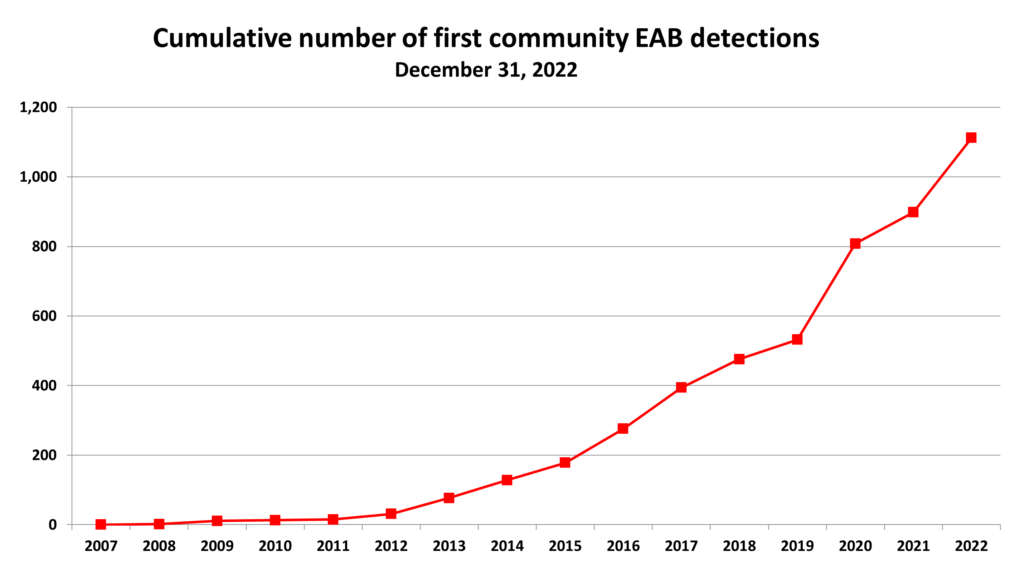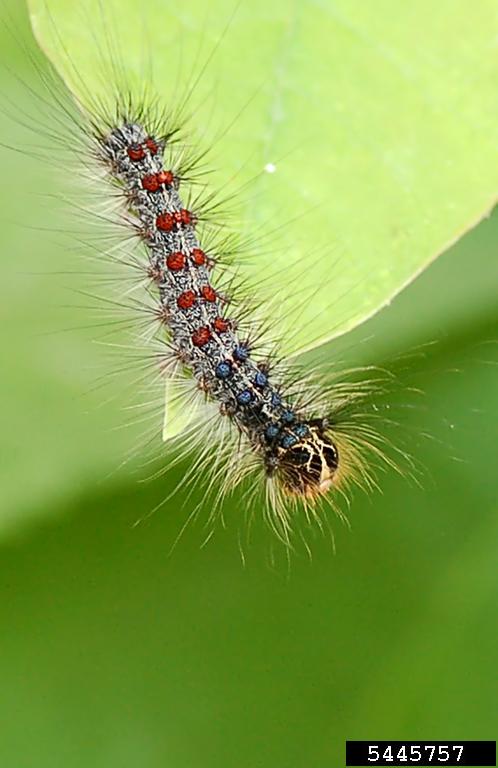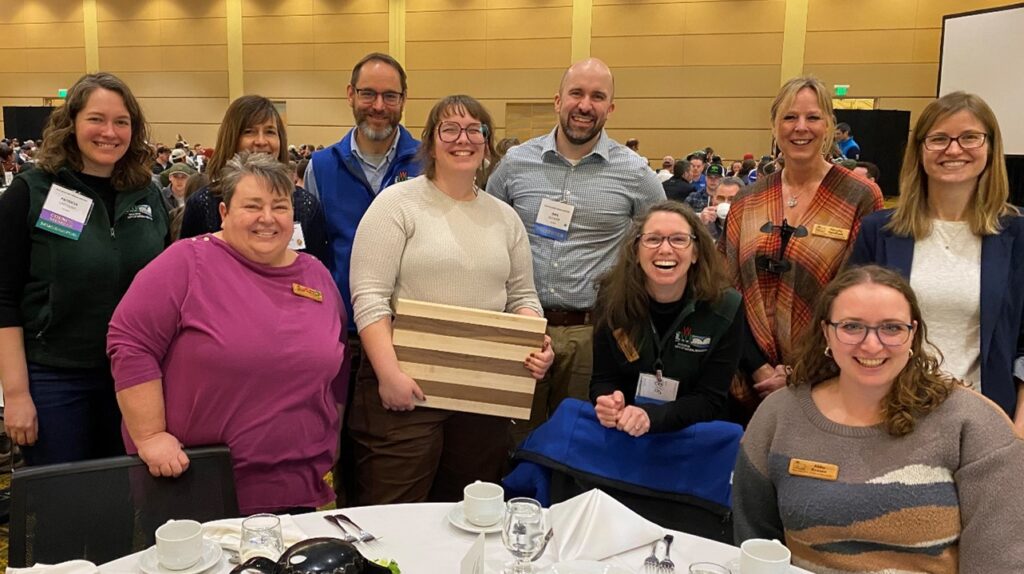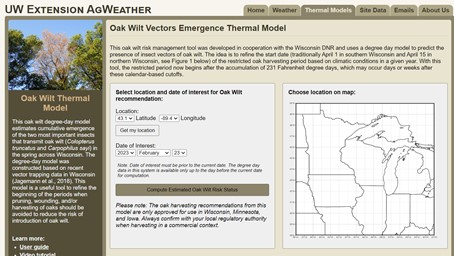Winter hasn’t quite let loose its snowy grip from the Wilson State Nursery fields in Boscobel, but spring will soon be here, and the reforestation program staff are readying themselves to harvest seedlings from the cool, moist soil. It won’t take long for the frost to leave the ground.
For those who have spent parts of the winter planning to improve their properties, the Wisconsin DNR’s reforestation program has plenty of seedlings available to create and enhance wildlife habitat, stabilize the soil, block winter wind and snow and provide a future shady spot to sit. Continue reading “Seedlings Still Available For Spring 2023 Planting”

